Twenty years ago or so, a man-made countertop material called quartz or engineered stone came on the market. Like Ron Hannah of Cadenza Granite & Marble in Charlotte, N.C., many people in the stone business who considered themselves purists said quartz would never fly. “We blew it off,”Hannah said, “and it almost bankrupted us”. The product had a slow start, but, once it began to mimic natural marble, then it really took off and left us totally unprepared to cash in. We really didn’t know how to work the product, so we lost a lot of market share.”
When porcelain and ceramics came around about five years ago, Hannah was determined not to make the same mistake twice. He did the opposite. He embraced it and pledged to be the first and best at it in his city. By being an early adopter of the trend, he essentially cornered the porcelain market. “Porcelain is attractive because it is bulletproof, doesn’t etch from acids and doesn’t stain,” Hannah said. “It is essentially a photograph of natural stone applied to porcelain tile. Five years ago, you would have walked by it and said ‘that looks so fake, I will never buy that.’ But now the resolution of the photograph is outstanding. Even a stone guy can’t tell from five inches away.” What else has made porcelain so trendy? The North American market began embracing the kind of straight, linear design Italians had been favoring for years. “The North American market used to love lots and curves and rounded looks. Now trends include linear designs and zero radius sinks, no more 60/40 offset bowls,” Hannah said. “All of these stars have aligned to make porcelain take off. This plus the tariff issues that are hitting the quartz market have made porcelain affordable.”
The problem with porcelain is that it’s very difficult to work. Fabricators have to change their mindset -- from how it’s picked up off the truck, to how it’s moved through your shop, to the RPMs, feed rates and blades used on saws. “You can’t fall back on your old habits because the 6X10-foot, ¼-or ½-inch porcelain slabs will literally shatter,” Hannah said. “It takes patience. At Cadenza, we have figured out how to work with it.”
When customers want something new and different, designers who are fresh from shows and intent on being trendy are telling them to look at porcelain. For fabricators who are looking for a new challenge, a new moneymaker, Hannah says, “Porcelain is it! We look at our company as a printing press that prints money. Do you want to run for 10-hours a day, four days a week and have your operation printing $100’s or $5’s?” Call-out quotes if you have room: “In the past, customers would come to our facility, and we would send them to a distributor to look at stone slabs. Now the designers are driving customers to distributors. Distributors who have porcelain are calling us and asking if we would consider taking a job. It’s a complete role reversal that makes it easy for us without the need for advertising and/or sales people.”
“In June, I went to Modena, in Italy where most of the porcelain is manufactured to see whether this was a flash in the pan or here to stay. The Italians have invested hundreds and hundreds of millions of dollars in porcelain—it is definitely here to stay.”


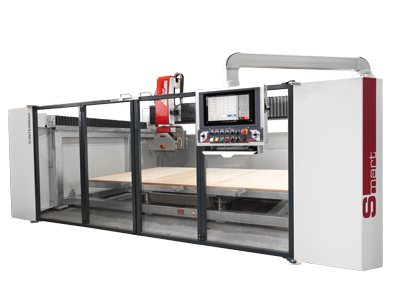
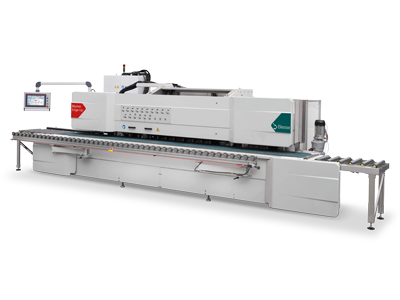
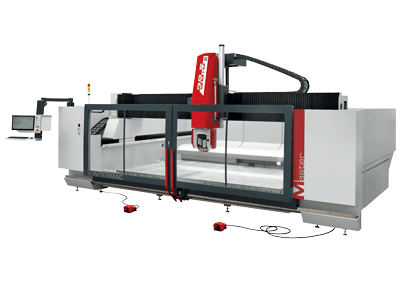
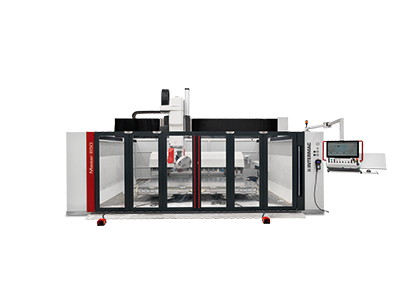
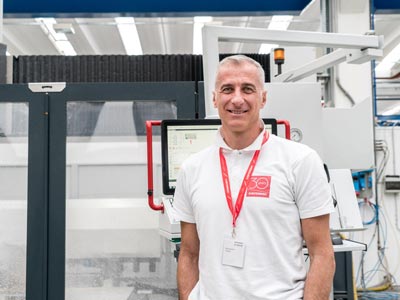
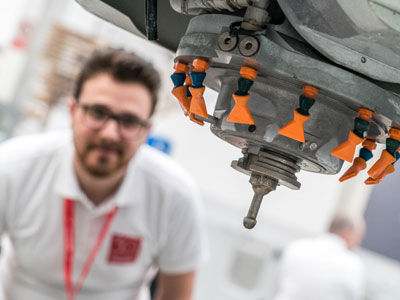


 Worldwide
Worldwide
 Italia
Italia
 United Kingdom
United Kingdom
 France
France
 中國
中國
 Asia
Asia
 Deutschland
Deutschland
 España
España
 North America
North America
 India
India
 Australia & New Zealand
Australia & New Zealand